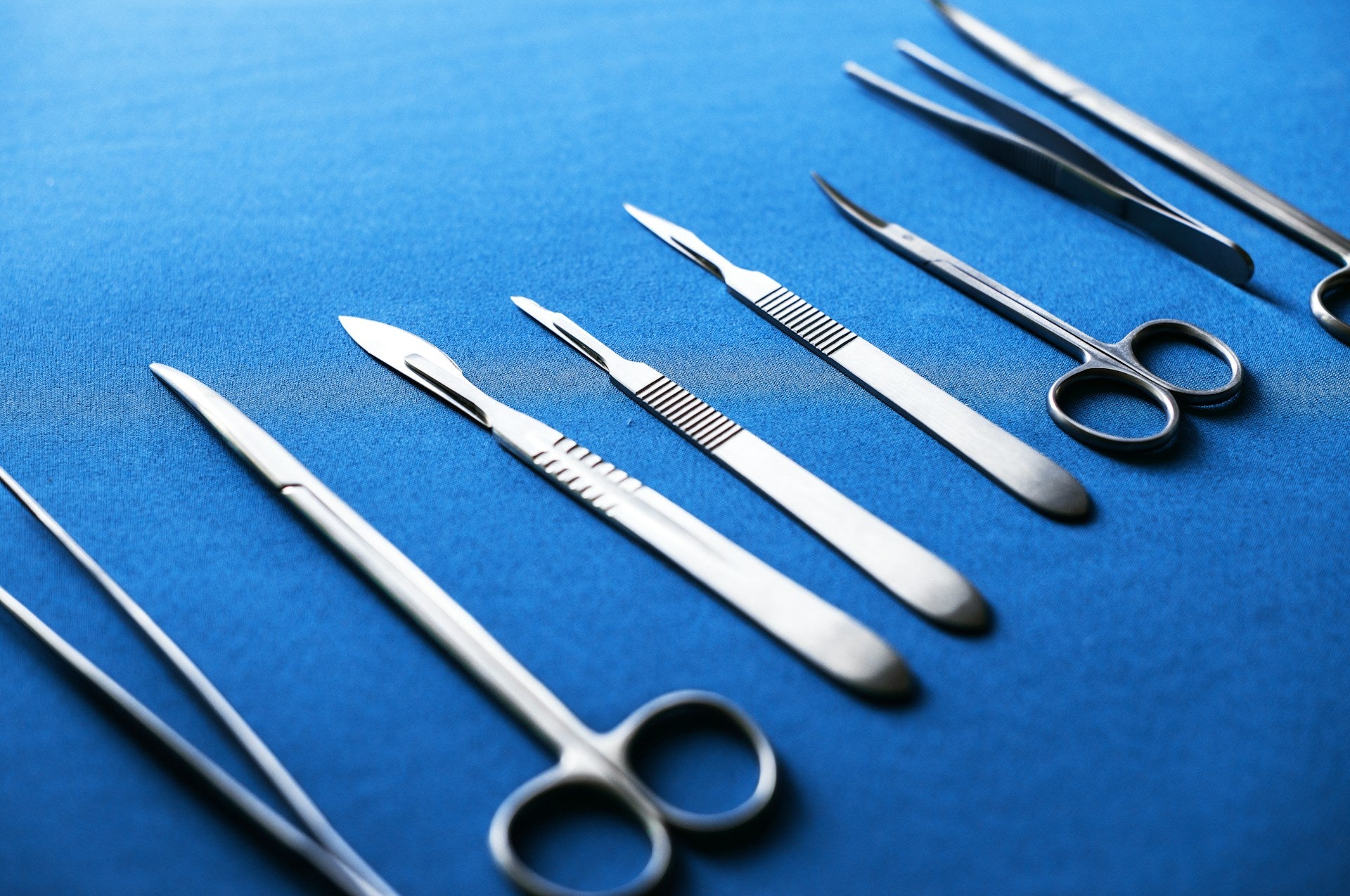

· By Trevor Horne
Finding the Perfect Surgical Blades for Your Needs
Choosing the right surgical blade for any medical procedure is crucial for success. Surgical blades come in many shapes and sizes, each designed for specific tasks. Making the right choice can be the difference between a smooth operation and potential complications. Whether you are working in a dental clinic, veterinary office, or a surgical centre, understanding the different types of blades and their uses is key.
In this article, we will delve into the various types of surgical blades, factors to consider when choosing a blade, the benefits of matching the blade to the specific procedure, and best practices for handling and maintaining these critical tools. Whether you are a seasoned professional or new to the field, this guide will help you make informed decisions and enhance your practice.
Understanding Different Types of Surgical Blades
Surgical blades come in many varieties, each designed to perform specific tasks. The most common types include straight blades, curved blades, and pointed blades. Straight blades are typically used for general incisions and dissections. They offer precision and control, making them suitable for a wide range of procedures. Curved blades, on the other hand, are often used in areas that are difficult to reach. Their shape allows for easier maneuvering around tight spaces and delicate tissues.
Pointed blades are highly specialized and are used for puncturing or making precise cuts. These blades are commonly used in dental and veterinary surgeries. Each type of blade has numbers that correspond to their size and shape, such as No.10, No.11, and No.12. Understanding these differences can help you choose the best blade for your needs.
It's also important to be aware of the materials used in surgical blades. Most are made from stainless steel, which offers durability and resistance to corrosion. Some blades are coated with materials like carbon steel or titanium to enhance their performance and longevity. By knowing the types and materials, you can ensure that you're using the right blade for each specific task.
Key Factors to Consider When Choosing Surgical Blades
Choosing the right surgical blade involves considering several key factors. The first is the nature of the procedure you'll be performing. For example, a simple incision might only require a straight blade, while complex surgeries may need a combination of straight and curved blades. Understanding the specific needs of your procedure helps in making the right choice.
Another important factor is the type of tissue you'll be cutting. Different tissues require different blade characteristics for effective cutting. Dense tissues like skin and muscle need sturdy, sharp blades, while more delicate tissues require blades that offer precision without causing damage. You should also consider the blade size and shape in relation to the area you're working on.
Lastly, the comfort and skill level of the surgeon should not be overlooked. A surgeon's familiarity with a particular type or size of blade can affect the smoothness and efficacy of the procedure. Blades that a surgeon finds comfortable and easy to use can lead to better outcomes and reduced operation times. By considering these factors, you can make well-informed decisions that improve surgical efficiency and patient outcomes.
Benefits of Using the Right Surgical Blade for Specific Procedures
Choosing the correct surgical blade for each procedure can greatly impact the outcomes and safety of an operation. Using the right blade ensures cleaner cuts, which can lead to quicker healing times and reduced risk of infection. For example, using a curved blade for intricate tissues helps in making precise incisions, reducing unnecessary trauma to the surrounding areas.
Using the appropriate blade also improves the surgeon’s efficiency. When a blade is well-matched to its task, it allows for smoother, more controlled cuts. This means shorter operation times and less strain on the surgeon. In dental practices, the right blade can make extractions simpler and less invasive, which benefits both the dentist and the patient.
Additionally, the correct blade minimizes the risk of complications. Misusing a blade can lead to jagged cuts, excessive bleeding, or damage to adjacent tissues. For veterinary procedures, using the right blade ensures that animals experience less pain and faster recovery times. By matching the blade to the specific needs of each procedure, medical professionals can provide better care and achieve more successful outcomes.
Best Practices for Handling and Maintaining Surgical Blades
Proper handling and maintenance of surgical blades are crucial for ensuring their effectiveness and longevity. Always start by using sterilized blades and instruments. Contaminated blades can introduce infections and complicate healing. Use steam sterilizers to clean and disinfect blades before and after each use.
When handling surgical blades, wear appropriate protective gear, such as gloves, to prevent accidental cuts and infections. Use the correct technique to attach and detach blades from handles. Mishandling can dull the blade or damage it, reducing its effectiveness during procedures.
Maintaining surgical blades also involves regular inspection. Check for signs of wear or damage, such as nicks or corrosion. Replace any blades that show these signs to ensure they perform well during surgery. Store blades in a clean, dry place to prevent rust and other forms of degradation. By following these best practices, you can ensure that your surgical blades remain sharp, effective, and safe to use.
Conclusion
Choosing the right surgical blade is essential for achieving successful outcomes in medical procedures. Whether you're a dentist, surgeon, or veterinarian, understanding the different types of blades and their specific uses can dramatically improve the quality of care you provide. Proper selection can lead to more precise cuts, quicker healing, and fewer complications, benefiting both the medical professional and the patient.
At ProNorth Medical, we understand the importance of having the right surgical tools for every procedure. We offer a wide range of high-quality surgical blades and other medical equipment to meet your needs. Browse the perfect surgical blades and enhance your practice!
